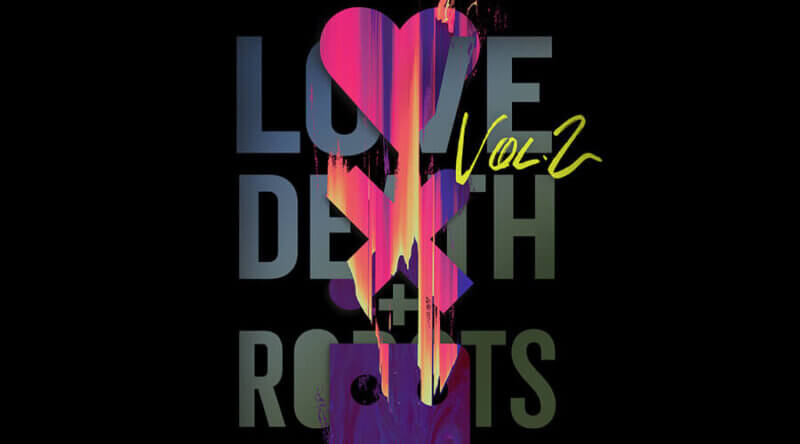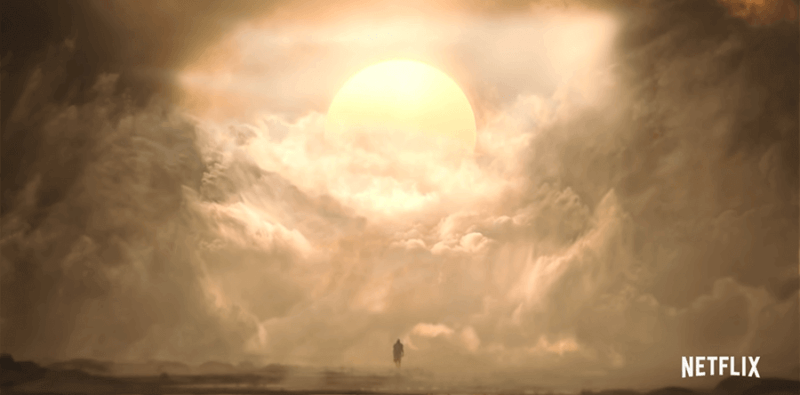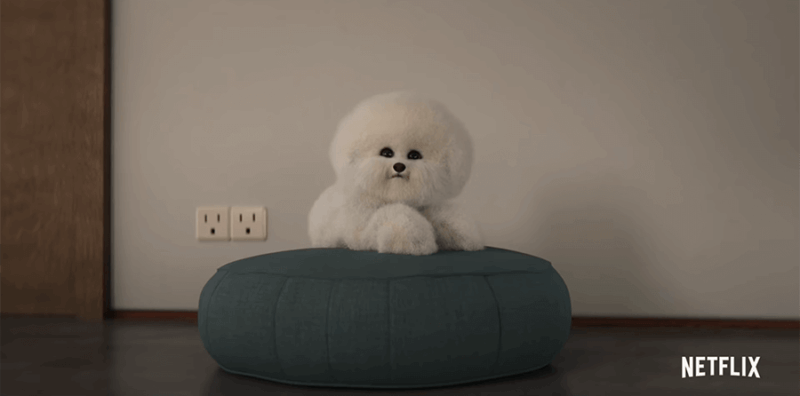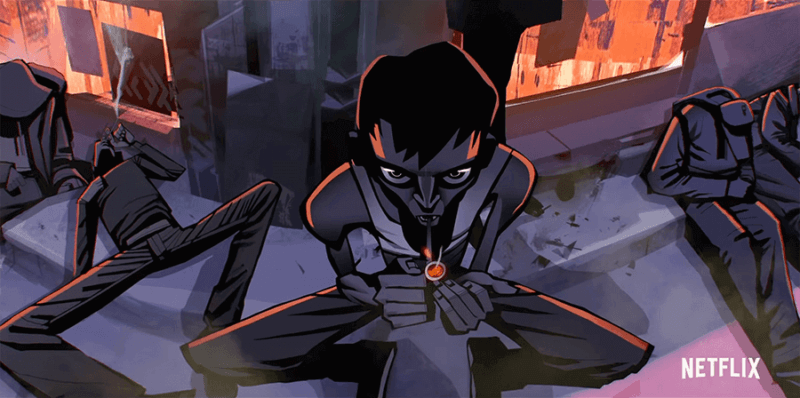Love Death + Robots: Season 2 Review
Netflix’s Love Death + Robots has become one of the most iconic faces of American adult animation. Created by Tim Miller and David Fincher, the anthology’s first season was an explosive, heady combination of genres and visual styles, all loosely tied under themes of, well, love, death and robots. Wearing its influences (specifically Heavy Metal) on its sleeves, the first season was aggressively adults-only, visibly rebelling against the restraints that have historically collared American animation. This passion made the anthology both entertaining and frustratingly juvenile, especially with regards to its portrayal of women. Does the second season cut down on the first’s worst indulgences and build on its strengths?

Automated Customer Service opens the anthology and feels very on-brand – coarse, cynical and darkly humorous. Murderous home appliances are nothing new, but the film’s customer service gag makes it funny enough to be fresh. Ice and Pop Squad have stronger narratives – Ice elevates a barebones plot with stunning animation and art direction; Pop Squad’s sentimentality is sometimes overbearing, but Jennifer Yuh Nelson’s assured direction ensures the emotional beats land strong. Snow in the Desert is beautiful and surprisingly sweet. The Tall Grass, like Ice, has a distinct visual style and starts strong, but ultimately fails to deliver. All Through the House is a delightful take on Santa Claus, of all things, and is brilliantly tongue-in-cheek, despite being the shortest film in the anthology. Life Hutch is a tense survival story that uses the homicidal robot trope to great effect. The Drowned Giant ends the season on a gentler note, a genuinely poignant conclusion to an interesting collection of stories.

The obvious difference between seasons is that there are now eight, rather than eighteen episodes – which is both a strength and weakness. At eight episodes, season two’s quality feels more concentrated rather than spread thinly across eighteen episodes – each film is directed with a level of finesse that wasn’t as consistent across the first season. The animation is especially beautiful here – the obvious standout is Robert Valley’s Ice, the only 2D film in the anthology, but it was lovely to see a stop-motion animated film (All Through the House). The technology has also improved – the uncanny valley that plagued much of Season 1’s computer animated shorts is not a problem here, especially in Pop Squad and Life Hutch, which feature some really captivating character animation. However, if eighteen episodes was too long, eight is far too short. The films breeze by, here and then gone, and fail to make the impact that the first season could because so much time was spent in the worlds of the films. The second season might be more consistent, but it certainly leaves you wanting more.

The next major difference is the huge cutback on nudity and violence. The Red Band trailer was less an indicator of the season’s actual content, and more the marketing trying to capitalize on the first season’s reputation – regardless, season two is surprisingly tame. Whether this is an overcorrection is entirely up to the viewer. Season one tended to use nudity as a shorthand for maturity, without having any depth behind it. Which would have been annoying, but not necessarily problematic had the dominant perspective in the anthology not been so glaringly male. Season two doesn’t do much to change that – Jennifer Yuh Nelson and Jennifer Miller are the only prominent female voices on the project – but it is refreshing to see the films’ creative energy funneled into other areas – namely, a more cinematic approach towards philosophical themes, as if taking a cue from the first season’s critically acclaimed Zima Blue. The Drowned Giant, for instance, uses gore and body horror to make a poignant statement about mortality and the way humans build their lives around strange phenomena. That said, something has been lost in the clean-up. The shorts, deeper in content but lighter in tone, end far too neatly and cleanly. While it is refreshing to see adult animation that doesn’t use explicit content as a crutch, there was nevertheless a reckless, hot-headed youthfulness about the first season that gave it an edge. This season feels mature in both content and outlook, but the raw intensity of the first season will be missed.

Love, Death + Robots’ first season was a teenager, taking excessive delight in newfound freedom. The second season, by contrast, has grown up a bit. It has dusted itself off, started working a stable job and now has loftier ambitions. Season two is careful and tidy, and whether or not this is a positive rests entirely on personal taste. Whilst it lacks the dynamism of the first season, it is nevertheless a strong installment into the series, refining what animation can achieve without restraints.

